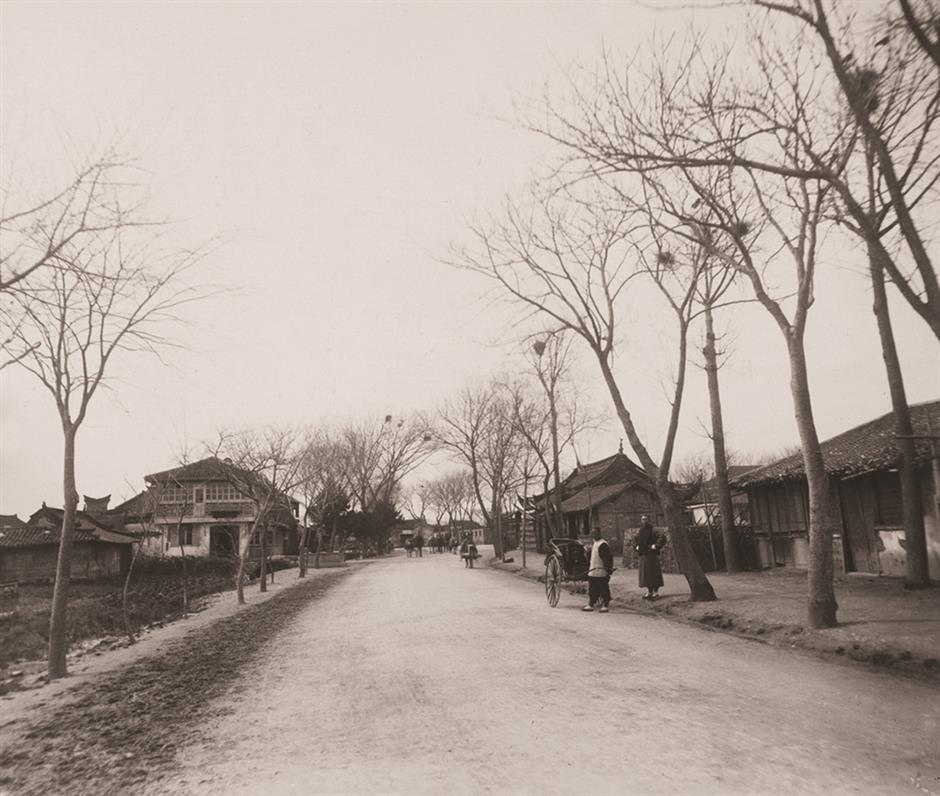今日上海
南京西路的历史 - 2024年06月18日
Nanjing Road W. is famous, but how did this iconic street come to pass?

Today’s Nanjing Road W. is a lively commercial area.
Jing’an Temple Road — today called Nanjing Road W. — is a storied avenue that began in the mid-19th century, when British expatriates with a passion for horse racing carved out a track that would one day evolve into Shanghai’s most iconic thoroughfare.
In 1850, the Shanghai Race Club was founded, and 12 years later, the club carved out a vast plot of land west of Muddy Flat Creek to build a new racecourse on what is now People’s Park.
To facilitate access to the racecourse, a 2-mile-long road was constructed from Muddy Flat Creek to Jing’an Temple. It was named Bubbling Well Road after a perpetual spring located at the temple gate.
Initially, Bubbling Well Road — called Jing’an Temple Road by the local Chinese — was a private road maintained by tolls collected at gates positioned at either end.
However, when toll revenue dwindled, the road was handed over to the Shanghai Municipal Council. From then on, the road became the first Western-style street within the Shanghai International Settlement.

Jing’an Temple Road in the late Qing Dynasty (1644-1911)
This transition spurred a new era of modernization in the area. The council allocated funds for the road’s maintenance and repair. Street trees were planted — initially willows but later plane trees.
As the road’s importance and commerce grew, the council built infrastructure, laying pipes, digging drainage ditches and widening the roadbed. In 1878, street lamps were installed, adding to a feel of urban sophistication.
The following year, citing the dangers posed by horse-drawn carriages and the need for better traffic management, the council constructed a 1.5-meter-wide raised sidewalk to ensure pedestrian safety. Two patrol officers were assigned to supervise carriage traffic and maintain order.
In 1883, intersections along Jing’an Temple Road were illuminated by 115 gas lamps. Seven years later, they were gradually replaced by electric lighting.
Simultaneously with the urban enhancements, natural watercourses in the city were being systematically filled in to convert them into usable urban land. That’s one reason why some city streets are zigzag instead of straight.
In 1921, the Western Bubbling Spring River, named after the Bubbling Well in front of Jing’an Temple, began to be filled in to facilitate an extension of Jing’an Temple Road’s western section. By 1952, this process was complete, erasing the natural water feature from the map.
In 1945 after the victory over the Japanese invaders in World War II, Jing’an Temple Road and Nanjing Road to its east were renamed Nanjing Road W. and Nanjing Road E.
Today, this area is a lively commercial street, reflecting the city’s journey from a colonial outpost to a modern metropolis.
Source: Shanghai Daily
